Home>Furniture & Design>Interior Design Trends>How To Break Bulletproof Glass
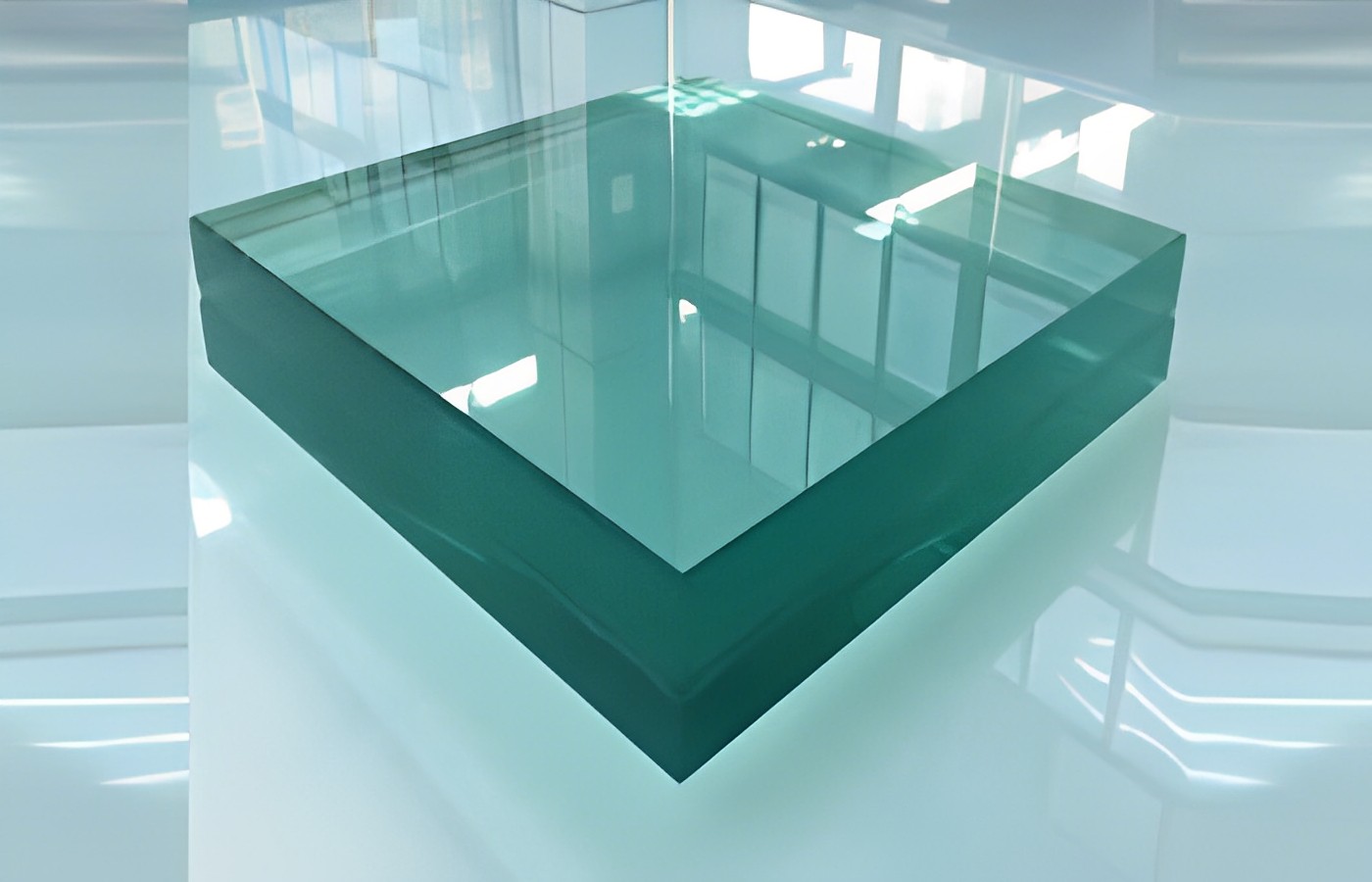

Interior Design Trends
How To Break Bulletproof Glass
Modified: April 22, 2024
Learn the latest interior design trends for breaking bulletproof glass. Discover expert tips and techniques for incorporating this unique feature into your space. Explore innovative ideas for a modern and secure interior design.
(Many of the links in this article redirect to a specific reviewed product. Your purchase of these products through affiliate links helps to generate commission for Storables.com, at no extra cost. Learn more)
Introduction
Breaking bulletproof glass may seem like an unusual and challenging task, but there are situations where it becomes necessary. Whether you are dealing with a security breach, emergency rescue, or a similar scenario, knowing how to effectively break bulletproof glass can be crucial. In this comprehensive guide, we will explore the process of breaking bulletproof glass, including the tools and techniques required to accomplish this task safely and efficiently.
Understanding the composition and strength of bulletproof glass is essential before attempting to break it. This specialized type of glass is designed to withstand high-velocity impacts, making it extremely resistant to shattering or penetration. However, with the right approach and tools, it is possible to overcome its formidable defenses.
By following the steps outlined in this guide, you will gain valuable insights into the methods used to break bulletproof glass, as well as the precautions necessary to ensure a successful outcome. Whether you are a professional in the security industry, a first responder, or an individual facing a challenging situation, this knowledge can be invaluable in critical moments.
As we delve into the intricacies of breaking bulletproof glass, it is important to emphasize the need for caution and precision. This process requires a thorough understanding of the glass's properties and the appropriate tools and techniques to overcome its resistance. With the right approach, breaking bulletproof glass can be accomplished effectively and safely.
In the following sections, we will explore the tools and equipment needed, as well as the step-by-step process for breaking bulletproof glass. By the end of this guide, you will have a comprehensive understanding of the methods and considerations involved in this specialized task. Let's embark on this insightful journey to unravel the secrets of breaking bulletproof glass.
Key Takeaways:
- Breaking bulletproof glass requires specialized tools and a methodical approach to overcome its resistance. Understanding its composition and applying controlled pressure are crucial for safe and effective breakage.
- Seeking professional help may be necessary for complex glass-breaking tasks, ensuring safety and compliance with industry standards. Collaboration with experts can lead to successful outcomes in navigating the formidable defenses of bulletproof glass.
Read more: What Breaks Bulletproof Glass
Understanding Bulletproof Glass
Bulletproof glass, also known as ballistic glass or transparent armor, is a specialized type of glass designed to provide protection against high-velocity impacts, such as those from bullets or explosives. Unlike traditional glass, which shatters upon impact, bulletproof glass is engineered to absorb and dissipate the energy of projectiles, thereby preventing penetration and maintaining structural integrity.
The composition of bulletproof glass typically involves multiple layers of glass and synthetic materials, such as polycarbonate or acrylic, laminated together to form a robust and resilient barrier. This layered construction is crucial in enhancing the glass's resistance to impact, as each layer contributes to the overall energy-absorbing properties of the material.
One of the key features of bulletproof glass is its ability to deform without breaking, a characteristic known as plastic deformation. When subjected to impact, the layers of the glass deform and stretch, absorbing the kinetic energy of the projectile and distributing it across the material's surface. This process effectively mitigates the force of the impact, reducing the likelihood of penetration.
The thickness and composition of bulletproof glass can vary depending on the level of protection required. Different standards, such as the UL (Underwriters Laboratories) rating system, classify bulletproof glass based on its ability to withstand specific ballistic threats. These standards help determine the appropriate type of bulletproof glass for various security applications, ranging from armored vehicles and bank teller windows to high-security facilities and government buildings.
It is important to note that while bulletproof glass offers exceptional resistance to ballistic threats, it is not indestructible. Certain high-powered firearms or specialized ammunition may pose a greater challenge to bulletproof glass, requiring advanced protective measures. Additionally, prolonged exposure to environmental factors, such as UV radiation and extreme temperatures, can impact the long-term performance of bulletproof glass, necessitating regular maintenance and inspection.
Understanding the properties and capabilities of bulletproof glass is essential for individuals tasked with breaking or breaching it. By gaining insight into its composition and behavior under impact, one can approach the process of breaking bulletproof glass with a greater understanding of its strengths and vulnerabilities. This knowledge forms the foundation for developing effective strategies and selecting the appropriate tools and techniques to overcome the formidable defenses of bulletproof glass.
Tools and Equipment Needed
Breaking bulletproof glass requires specialized tools and equipment to effectively overcome its resistance. The following items are essential for safely and efficiently breaking bulletproof glass:
-
Safety Gear: Prioritize safety by wearing protective gear, including safety goggles, gloves, and appropriate clothing. This gear helps safeguard against potential hazards during the glass-breaking process.
-
Hammer and Punch: A heavy-duty hammer and a pointed punch are fundamental tools for initiating the breakage of bulletproof glass. The hammer provides the necessary force, while the punch concentrates the impact on a specific point, facilitating the initial fracture.
-
Diamond-Tipped Drill Bits: In some cases, drilling may be required to create a starting point for breaking the glass. Diamond-tipped drill bits are designed to penetrate the tough surface of bulletproof glass, allowing for controlled hole formation.
-
Sledgehammer: A sledgehammer is employed to deliver powerful and concentrated force to the glass, aiding in the progression of the breakage. Its weight and impact help weaken the glass's structural integrity, paving the way for further fracture.
-
Circular Saw with Diamond Blade: When dealing with thicker bulletproof glass or reinforced panels, a circular saw equipped with a diamond-coated blade becomes indispensable. This tool enables precise cutting and controlled removal of sections, facilitating access and extraction.
-
Resin Solvent: In situations where laminated bulletproof glass is encountered, a specialized resin solvent may be necessary to dissolve the adhesive layers binding the glass and polymer sheets. This solvent aids in separating the layers, easing the disassembly process.
-
Crowbar or Pry Bar: For scenarios requiring the removal of glass panels or frames, a crowbar or pry bar proves invaluable. Its leverage and sturdy construction assist in prying apart components and dislodging the glass from its fixtures.
-
Protective Film Removal Tools: In instances where bulletproof glass is equipped with protective films or coatings, specialized tools for film removal are essential. These tools ensure efficient and thorough removal of protective layers, preparing the glass for subsequent breaking methods.
-
Personal Protective Equipment (PPE): In addition to safety gear, PPE such as hard hats and steel-toed boots may be necessary, depending on the specific environment and potential hazards associated with the glass-breaking operation.
By assembling and utilizing the appropriate tools and equipment, individuals can approach the task of breaking bulletproof glass with preparedness and precision. Each tool serves a distinct purpose in the glass-breaking process, contributing to the safe and effective execution of the task at hand. Understanding the functionality and application of these tools is essential for achieving successful outcomes when dealing with the formidable resistance of bulletproof glass.
Step 1: Assess the Glass
Before embarking on the process of breaking bulletproof glass, it is imperative to conduct a thorough assessment of the glass structure and its surrounding environment. This initial step lays the foundation for developing a strategic approach tailored to the specific characteristics and challenges presented by the bulletproof glass.
The assessment begins with a detailed examination of the glass's composition, thickness, and any additional layers or reinforcements it may possess. Understanding the construction of the bulletproof glass is essential in determining the most effective methods and tools for breaking through its formidable defenses. Different types of bulletproof glass, such as laminated or polycarbonate-infused variants, may require distinct approaches based on their unique properties.
Furthermore, assessing the condition of the glass is crucial in identifying any existing damage, wear, or potential weak points that could impact the breaking process. Visual inspection and tactile examination help reveal any signs of deterioration, delamination, or structural vulnerabilities that may influence the choice of breaking methods and the level of force to be applied.
In addition to evaluating the glass itself, the surrounding environment and situational factors must be taken into account. Considerations such as accessibility, clearance space, and the presence of obstructions or hazards in the vicinity of the glass play a significant role in determining the feasibility and safety of the breaking process.
Assessing the glass also involves identifying any protective films, coatings, or adhesives that may be present on its surface. These additional layers can impact the effectiveness of certain breaking methods and may necessitate the use of specialized tools or solvents for their removal prior to initiating the glass-breaking procedure.
By meticulously assessing the bulletproof glass and its surrounding conditions, individuals can gain valuable insights that inform the selection of appropriate tools, techniques, and safety measures for the subsequent steps in the breaking process. This comprehensive evaluation sets the stage for a well-informed and methodical approach to overcoming the formidable resistance of bulletproof glass.
Step 2: Choose the Right Method
Selecting the appropriate method for breaking bulletproof glass is a critical decision that significantly influences the success and safety of the glass-breaking process. The choice of method is informed by various factors, including the type of bulletproof glass, its structural characteristics, and the specific objectives of the breaking operation.
One of the primary considerations when choosing the right method is the composition of the bulletproof glass. Different types of bulletproof glass, such as laminated, polycarbonate-infused, or acrylic-based variants, exhibit distinct properties that may require tailored approaches for effective breakage. Understanding the specific composition of the glass enables individuals to select methods that align with its structural attributes, ensuring optimal results.
The thickness of the bulletproof glass also plays a pivotal role in method selection. Thicker glass panels or reinforced layers demand methods capable of delivering sufficient force to overcome their resistance. In such cases, tools like sledgehammers, circular saws with diamond blades, or specialized drilling techniques may be employed to effectively initiate and propagate the breakage.
Furthermore, the presence of additional protective films, coatings, or adhesives on the glass surface influences the choice of method. These layers may necessitate preliminary removal using specialized tools or solvents before proceeding with the primary breaking techniques. By addressing these surface treatments, individuals can enhance the efficacy of their chosen methods and minimize potential obstacles during the glass-breaking process.
Consideration of the surrounding environment and situational constraints is essential in method selection. Factors such as space limitations, accessibility, and the presence of obstructions impact the feasibility of certain breaking methods. Choosing methods that accommodate the specific spatial and environmental conditions ensures a controlled and safe glass-breaking operation.
In addition to these considerations, the desired outcome of the glass-breaking process guides the selection of the right method. Whether the objective is to create an entry point, extract glass panels, or disassemble a structure, the chosen method should align with the intended results, ensuring precision and efficiency in achieving the desired outcome.
By carefully evaluating the composition, thickness, surface treatments, environmental factors, and objectives, individuals can make informed decisions when choosing the right method for breaking bulletproof glass. This thoughtful approach sets the stage for a methodical and effective execution of the glass-breaking process, maximizing the likelihood of a successful outcome while prioritizing safety and precision.
To break bulletproof glass, use a high-powered firearm or explosive device. Aim for the same spot repeatedly to weaken the glass before attempting to break through. Always use caution and follow all safety protocols.
Read more: What Can Break Bulletproof Glass
Step 3: Apply Pressure
Applying controlled pressure is a fundamental aspect of breaking bulletproof glass effectively and safely. This step involves the strategic application of force to initiate and propagate the fracture, gradually overcoming the glass's formidable resistance. By methodically applying pressure, individuals can systematically weaken the glass and create the necessary conditions for successful breakage.
The process of applying pressure begins with the use of heavy-duty tools, such as hammers, punches, or sledgehammers, to deliver concentrated force to specific points on the glass surface. These tools are employed with precision, targeting areas where the glass's structural integrity can be compromised, initiating the fracture. By focusing the pressure on localized regions, individuals can control the progression of the breakage, minimizing the risk of uncontrolled shattering.
In scenarios where drilling is required to create a starting point for the breakage, diamond-tipped drill bits are utilized to apply pressure gradually, allowing for controlled penetration of the glass. This methodical approach ensures that the glass is weakened in a controlled manner, facilitating the subsequent stages of the breaking process.
As pressure is applied, it is essential to monitor the glass's response and adjust the force application accordingly. Observing the behavior of the glass, such as the formation of cracks or the propagation of fractures, provides valuable feedback for refining the pressure application. This iterative process allows individuals to adapt their approach based on the glass's reaction, optimizing the effectiveness of the pressure application.
In situations where laminated bulletproof glass is encountered, the application of pressure may involve the use of specialized tools and techniques to separate the glass and polymer layers. By exerting controlled pressure and leveraging the appropriate tools, individuals can gradually disassemble the laminated structure, overcoming the adhesive bonds and weakening the glass for subsequent breaking methods.
Throughout the pressure application process, safety remains paramount. Proper positioning, stable footing, and adherence to safety protocols are essential to mitigate the risks associated with the force exertion. Additionally, the use of personal protective equipment, such as safety goggles and gloves, safeguards individuals against potential hazards during the pressure application phase.
By methodically applying pressure and monitoring the glass's response, individuals can progress through the breaking process with precision and control. This deliberate approach sets the stage for the subsequent stages of the glass-breaking operation, laying the groundwork for the safe and effective fracture of bulletproof glass.
Step 4: Use Specialized Tools
The utilization of specialized tools is pivotal in the process of breaking bulletproof glass, offering precision, control, and effectiveness in overcoming its formidable resistance. These tools are designed to address the unique properties and challenges presented by bulletproof glass, facilitating the controlled initiation and propagation of fractures. By leveraging specialized tools, individuals can navigate the complexities of breaking bulletproof glass with enhanced efficiency and safety.
One of the primary specialized tools employed in breaking bulletproof glass is the diamond-tipped drill bit. This precision tool is instrumental in creating controlled penetrations in the glass, serving as a starting point for the fracture initiation. The diamond-tipped design enables the drill bit to effectively penetrate the tough surface of bulletproof glass, facilitating the gradual weakening of the material. By strategically drilling at specific locations, individuals can initiate the fracture with precision, setting the stage for subsequent breaking methods.
In scenarios where laminated bulletproof glass is encountered, specialized resin solvents play a crucial role in the disassembly process. These solvents are formulated to dissolve the adhesive layers binding the glass and polymer sheets, allowing for the separation of the laminated structure. By applying the resin solvent with precision and control, individuals can effectively weaken the adhesive bonds, facilitating the disassembly of the glass layers. This specialized tool proves invaluable in overcoming the challenges posed by laminated bulletproof glass, enabling a methodical and controlled approach to breaking through its defenses.
Additionally, protective film removal tools are essential when dealing with bulletproof glass equipped with protective films or coatings. These specialized tools are designed to efficiently remove protective layers from the glass surface, preparing it for subsequent breaking methods. By meticulously removing these additional layers, individuals can optimize the effectiveness of their chosen breaking techniques, ensuring a clear and unobstructed path for the fracture propagation.
Furthermore, the use of specialized cutting tools, such as circular saws equipped with diamond-coated blades, becomes indispensable when dealing with thicker bulletproof glass or reinforced panels. These precision tools enable controlled cutting and removal of glass sections, facilitating access and extraction with minimal disruption. By leveraging the cutting precision of these specialized tools, individuals can navigate the challenges posed by thicker bulletproof glass, ensuring a methodical and controlled approach to the breaking process.
By incorporating these specialized tools into the glass-breaking operation, individuals can approach the task with a heightened level of precision, control, and adaptability. These tools are tailored to address the unique characteristics of bulletproof glass, enabling individuals to navigate its formidable resistance with efficiency and safety. Through the strategic utilization of specialized tools, the process of breaking bulletproof glass is elevated to a level of methodical precision, ensuring optimal outcomes while prioritizing safety and effectiveness.
Step 5: Seek Professional Help if Necessary
In certain situations, the complexity and challenges associated with breaking bulletproof glass may necessitate the involvement of professional assistance. When faced with formidable barriers or specialized requirements, seeking the expertise of professionals in glass-breaking and security solutions can provide invaluable support and guidance.
Professional assistance becomes essential when dealing with advanced security installations, such as high-security facilities, armored vehicles, or government buildings, where the breaking of bulletproof glass demands a meticulous and strategic approach. The expertise of professionals in understanding the specific composition, thickness, and resistance properties of bulletproof glass enables them to devise tailored strategies for safe and effective breakage.
Furthermore, the presence of additional security features, such as reinforced frames, electronic locking systems, or integrated alarm systems, may require specialized knowledge and tools beyond the scope of conventional glass-breaking methods. Professionals equipped with advanced tools and expertise in security systems can navigate these complexities, ensuring the successful and controlled breaking of bulletproof glass without compromising the integrity of the surrounding structures.
In scenarios where time is of the essence, such as emergency rescue operations or security breaches, professional assistance offers a swift and coordinated response to the challenges of breaking bulletproof glass. The experience and proficiency of professionals in executing precise and controlled glass-breaking techniques contribute to the efficient resolution of critical situations, minimizing risks and optimizing outcomes.
Moreover, the involvement of professionals in breaking bulletproof glass underscores a commitment to safety, precision, and compliance with industry standards and regulations. Professionals adhere to established safety protocols and best practices, mitigating potential risks and ensuring the integrity of the glass-breaking operation. Their familiarity with regulatory requirements and safety guidelines contributes to a methodical and compliant approach to breaking bulletproof glass.
By seeking professional help when necessary, individuals and organizations can access a wealth of expertise, resources, and specialized capabilities essential for overcoming the challenges of breaking bulletproof glass. The collaboration with professionals in the field of security solutions and glass-breaking ensures a comprehensive and strategic approach, ultimately leading to successful outcomes in navigating the formidable defenses of bulletproof glass.
Conclusion
In conclusion, the process of breaking bulletproof glass demands a meticulous and strategic approach, informed by an understanding of the glass's composition, the utilization of specialized tools, and a commitment to safety and precision. By embarking on this insightful journey to unravel the secrets of breaking bulletproof glass, individuals gain valuable insights into the methods and considerations involved in this specialized task.
Understanding the composition and strength of bulletproof glass is essential before attempting to break it. This specialized type of glass is designed to withstand high-velocity impacts, making it extremely resistant to shattering or penetration. However, with the right approach and tools, it is possible to overcome its formidable defenses.
The utilization of specialized tools is pivotal in the process of breaking bulletproof glass, offering precision, control, and effectiveness in overcoming its formidable resistance. These tools are designed to address the unique properties and challenges presented by bulletproof glass, facilitating the controlled initiation and propagation of fractures.
Applying controlled pressure is a fundamental aspect of breaking bulletproof glass effectively and safely. This step involves the strategic application of force to initiate and propagate the fracture, gradually overcoming the glass's formidable resistance. By methodically applying pressure, individuals can systematically weaken the glass and create the necessary conditions for successful breakage.
By seeking professional help when necessary, individuals and organizations can access a wealth of expertise, resources, and specialized capabilities essential for overcoming the challenges of breaking bulletproof glass. The collaboration with professionals in the field of security solutions and glass-breaking ensures a comprehensive and strategic approach, ultimately leading to successful outcomes in navigating the formidable defenses of bulletproof glass.
In the face of the formidable resistance presented by bulletproof glass, the comprehensive evaluation, methodical approach, and strategic utilization of specialized tools and professional expertise are essential for achieving successful outcomes. Whether in the realm of security, emergency response, or specialized operations, the knowledge and techniques outlined in this guide empower individuals to navigate the complexities of breaking bulletproof glass with confidence and precision.
Frequently Asked Questions about How To Break Bulletproof Glass
Was this page helpful?
At Storables.com, we guarantee accurate and reliable information. Our content, validated by Expert Board Contributors, is crafted following stringent Editorial Policies. We're committed to providing you with well-researched, expert-backed insights for all your informational needs.

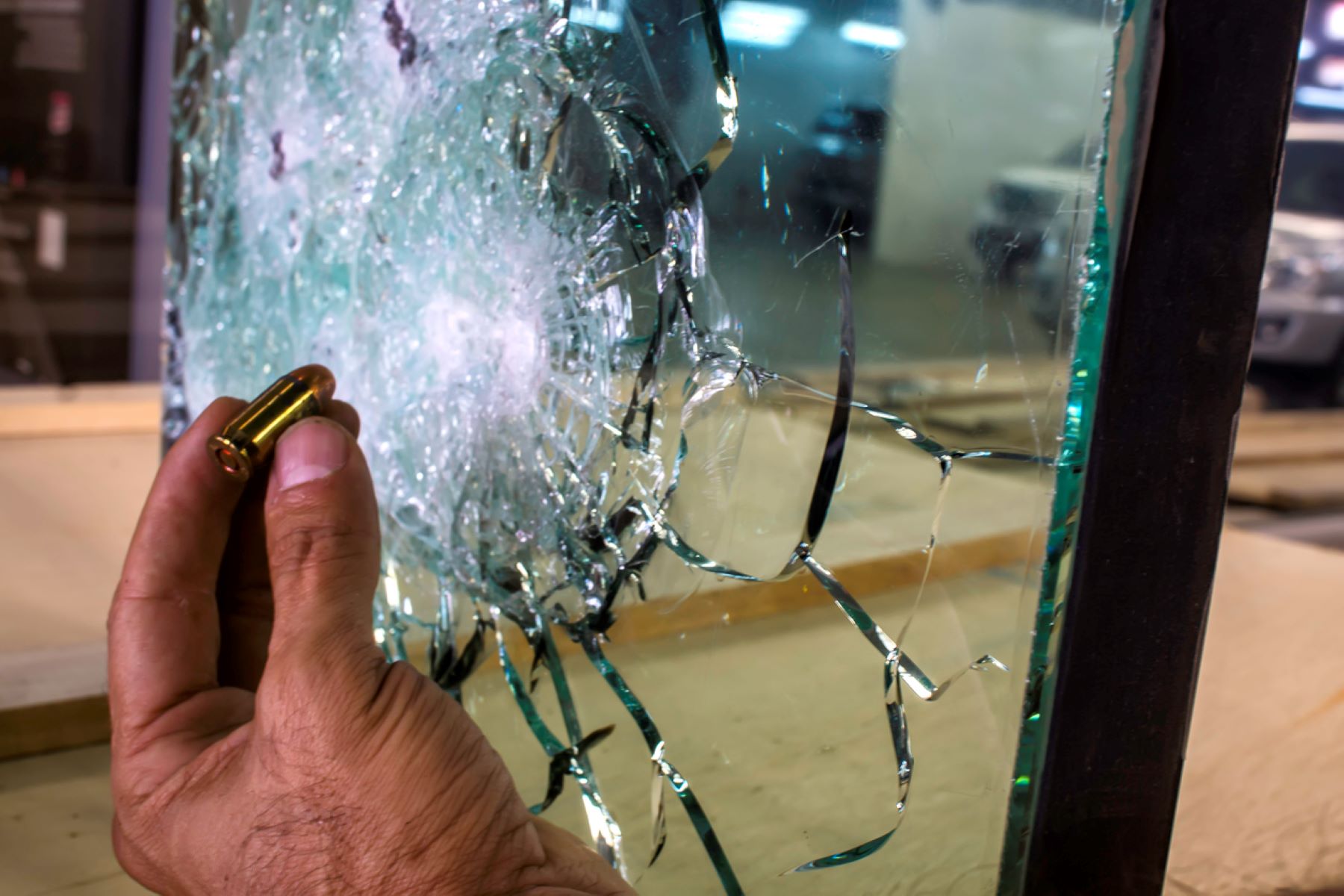
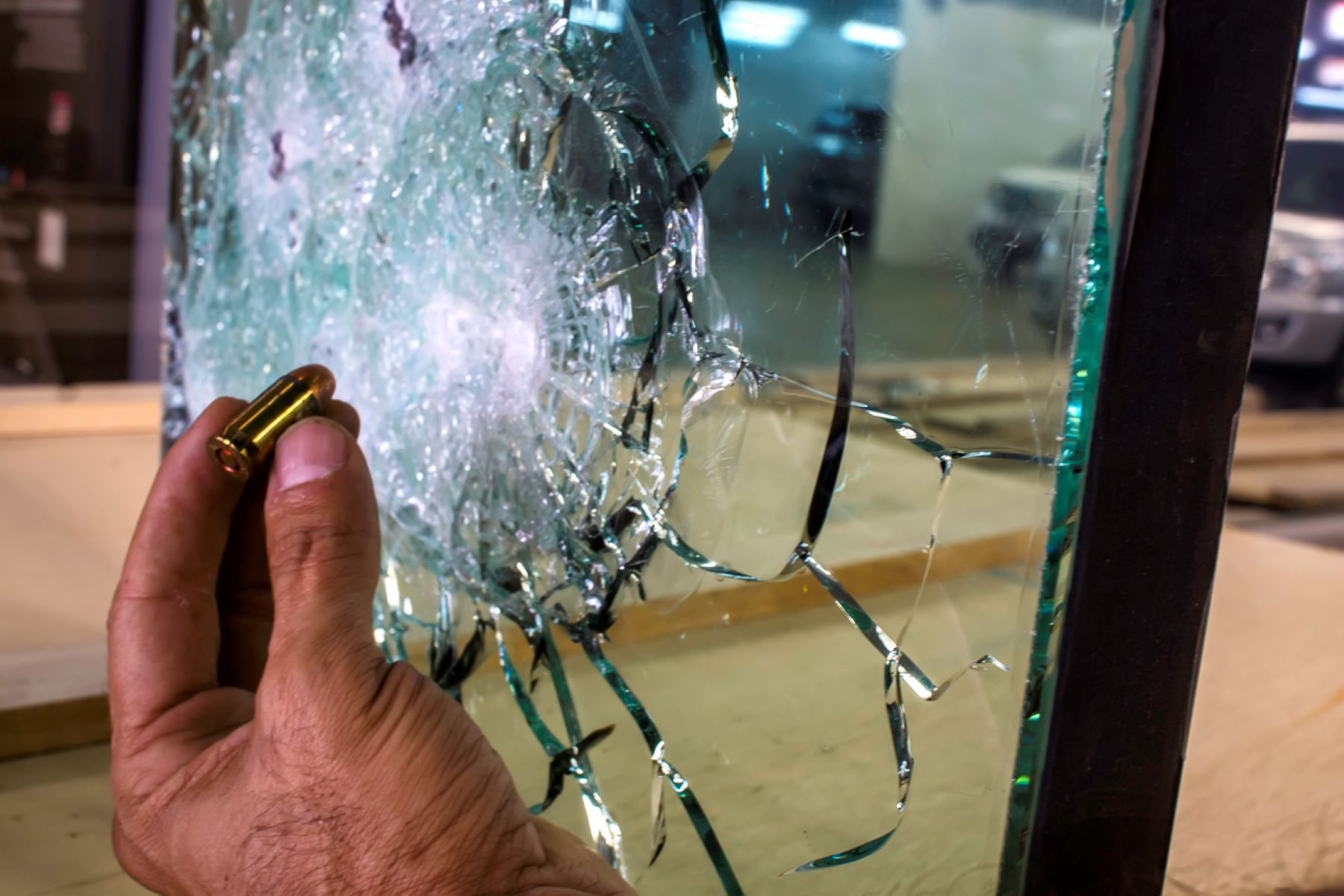
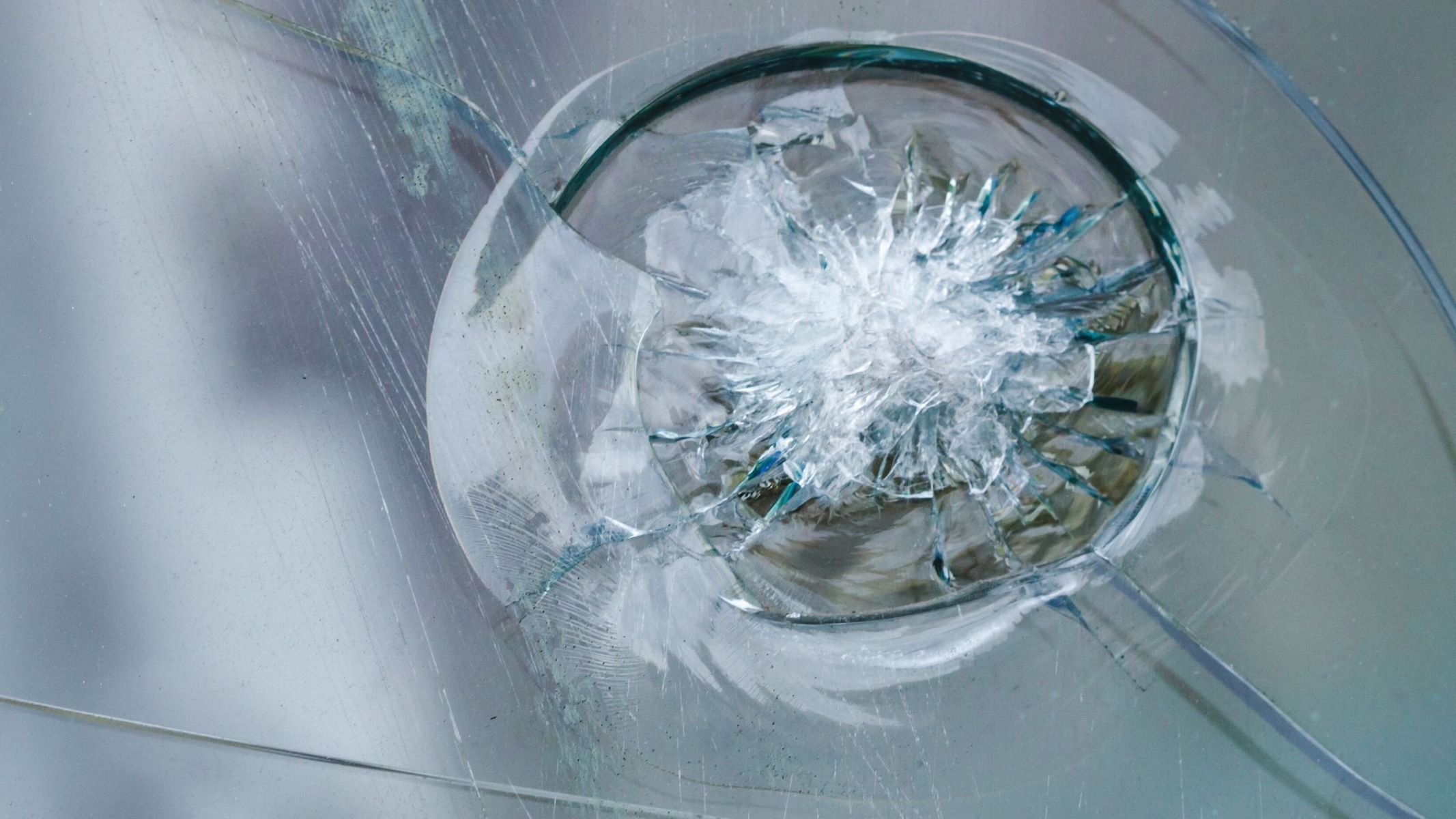

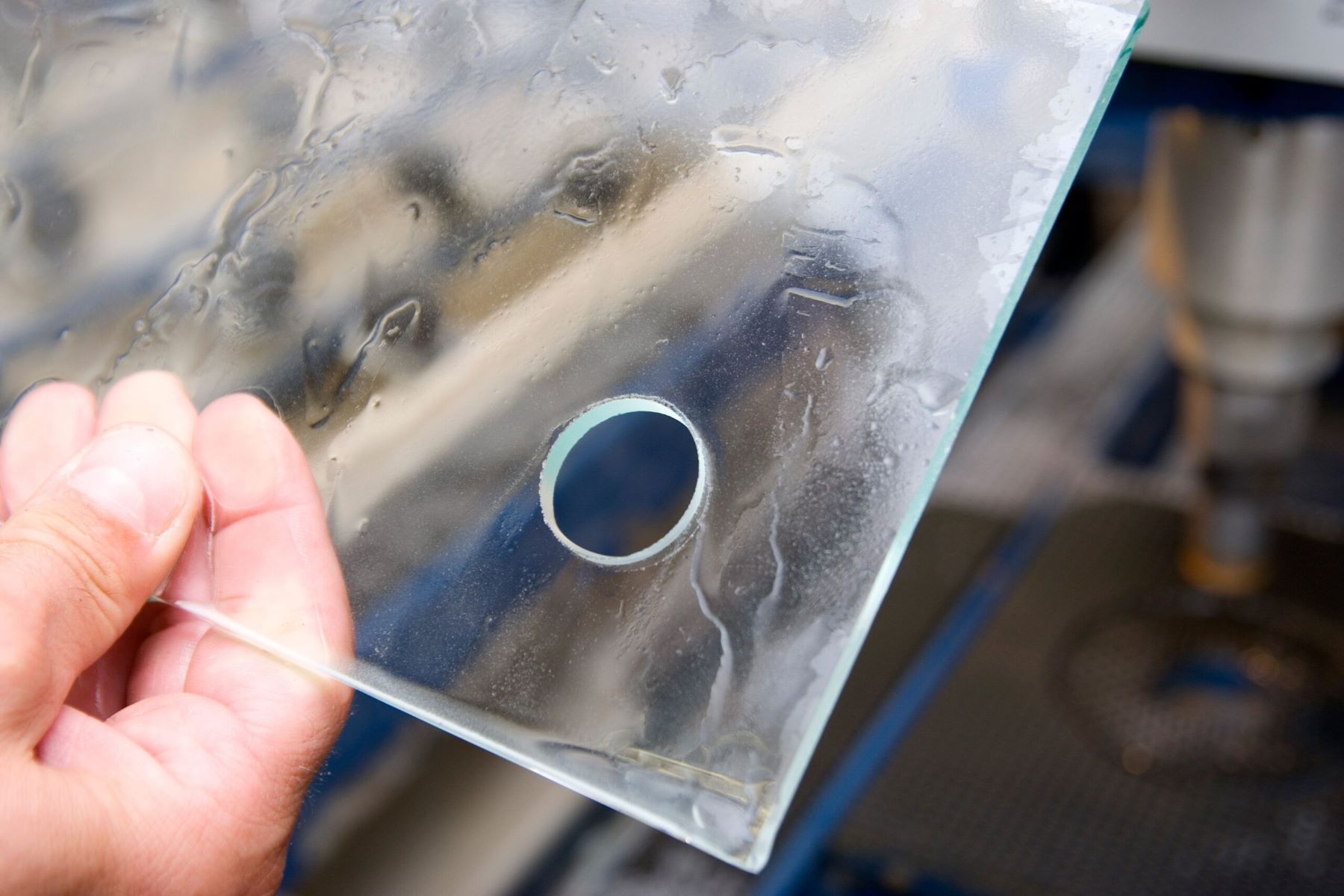

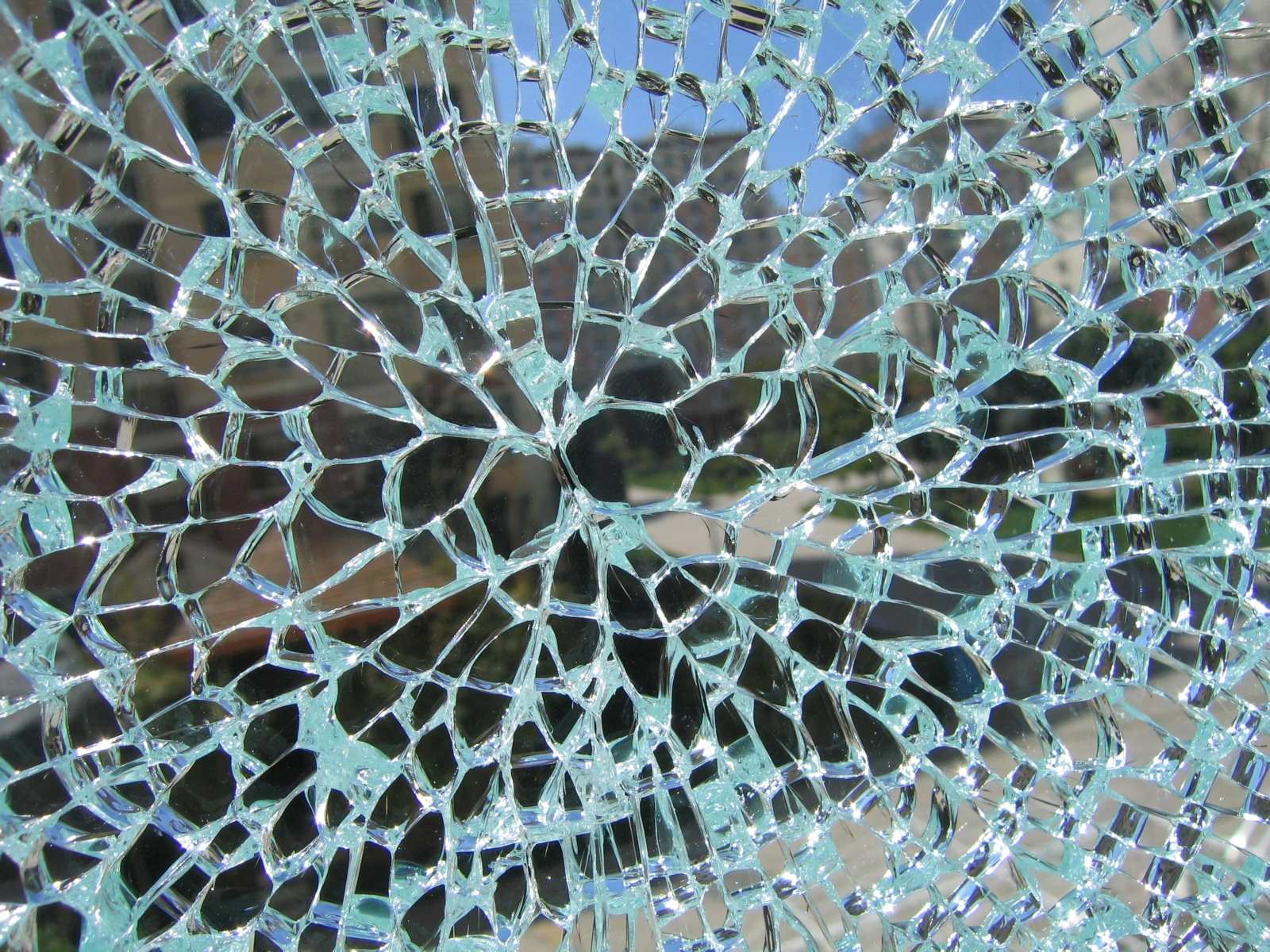
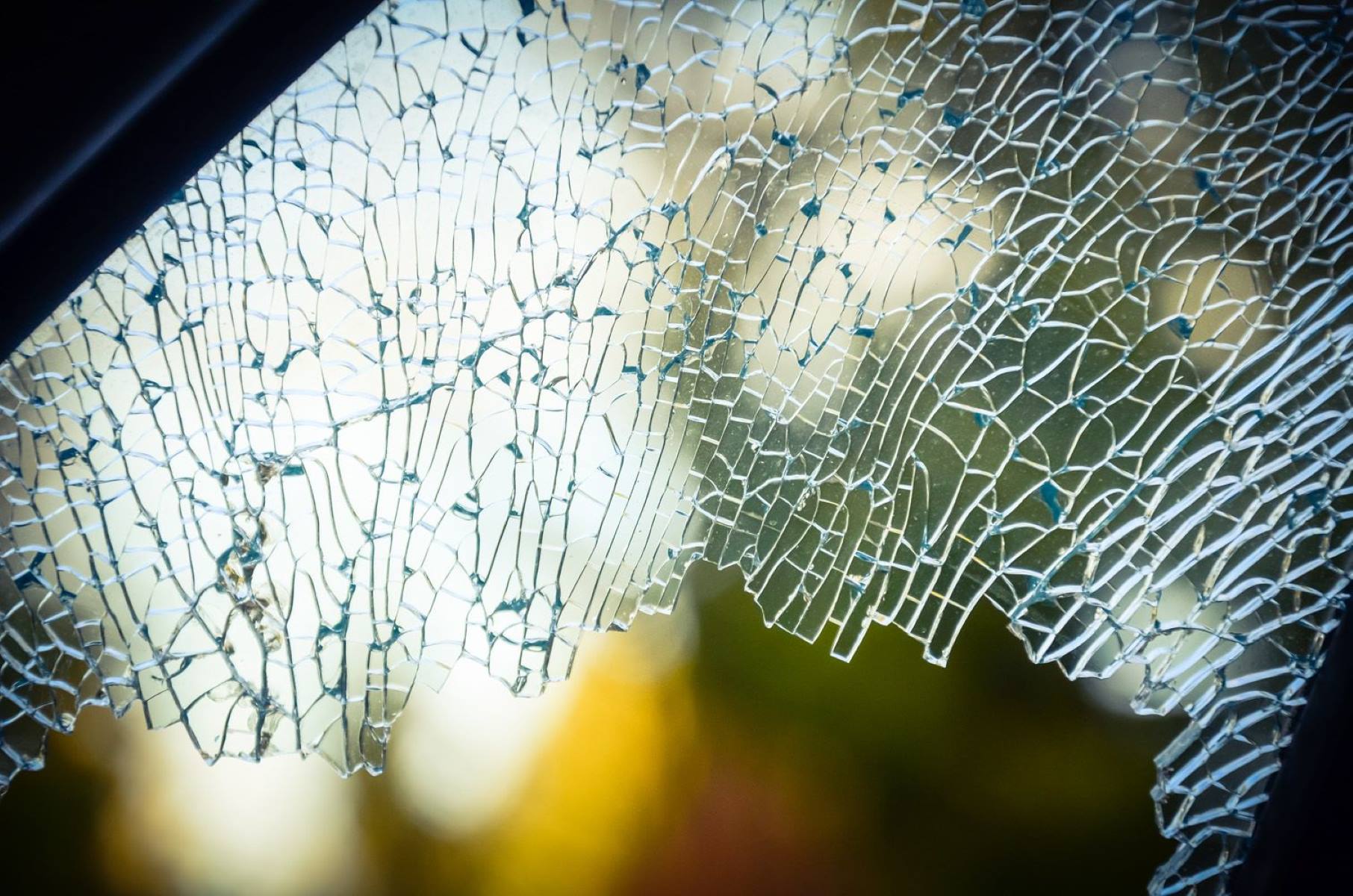
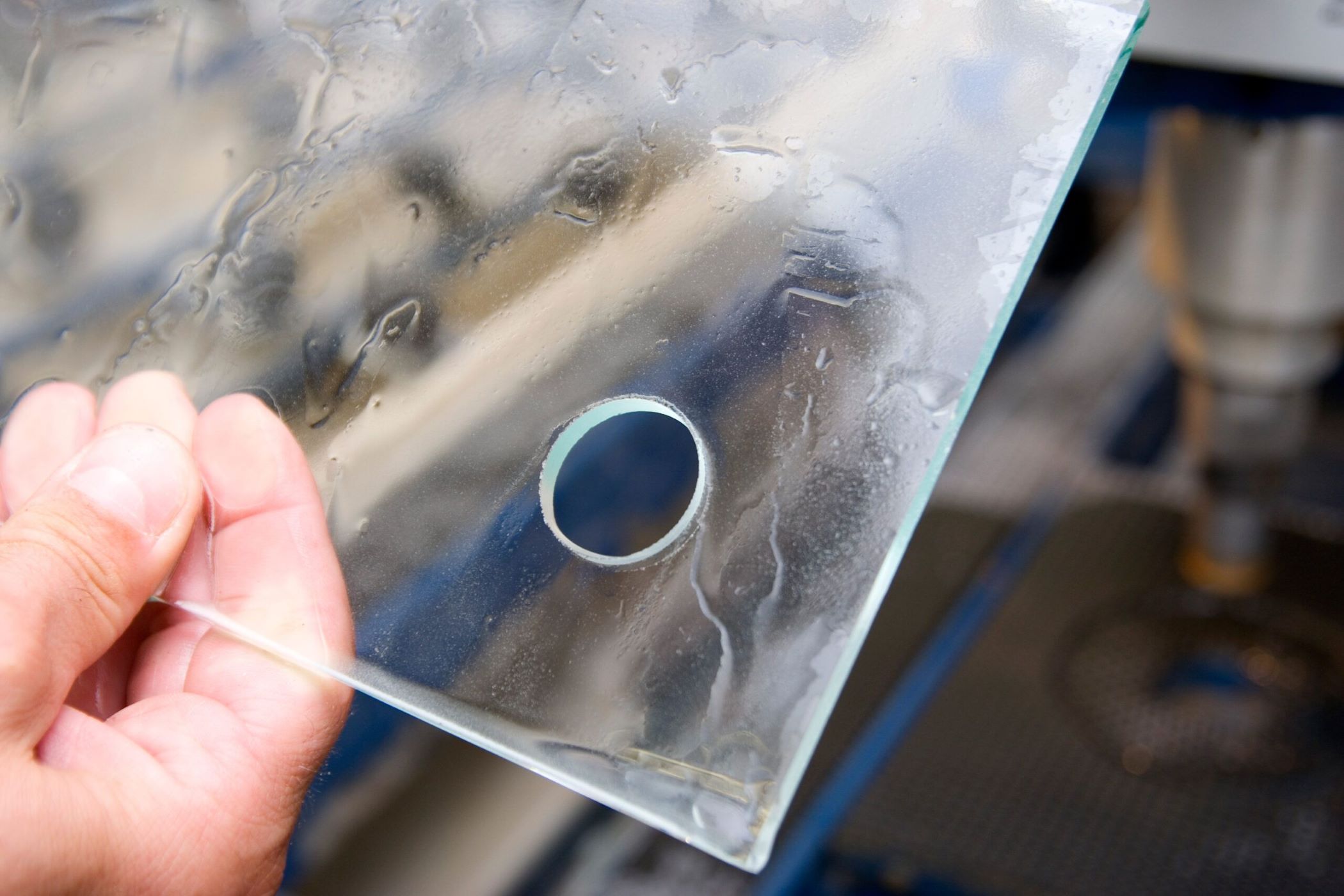
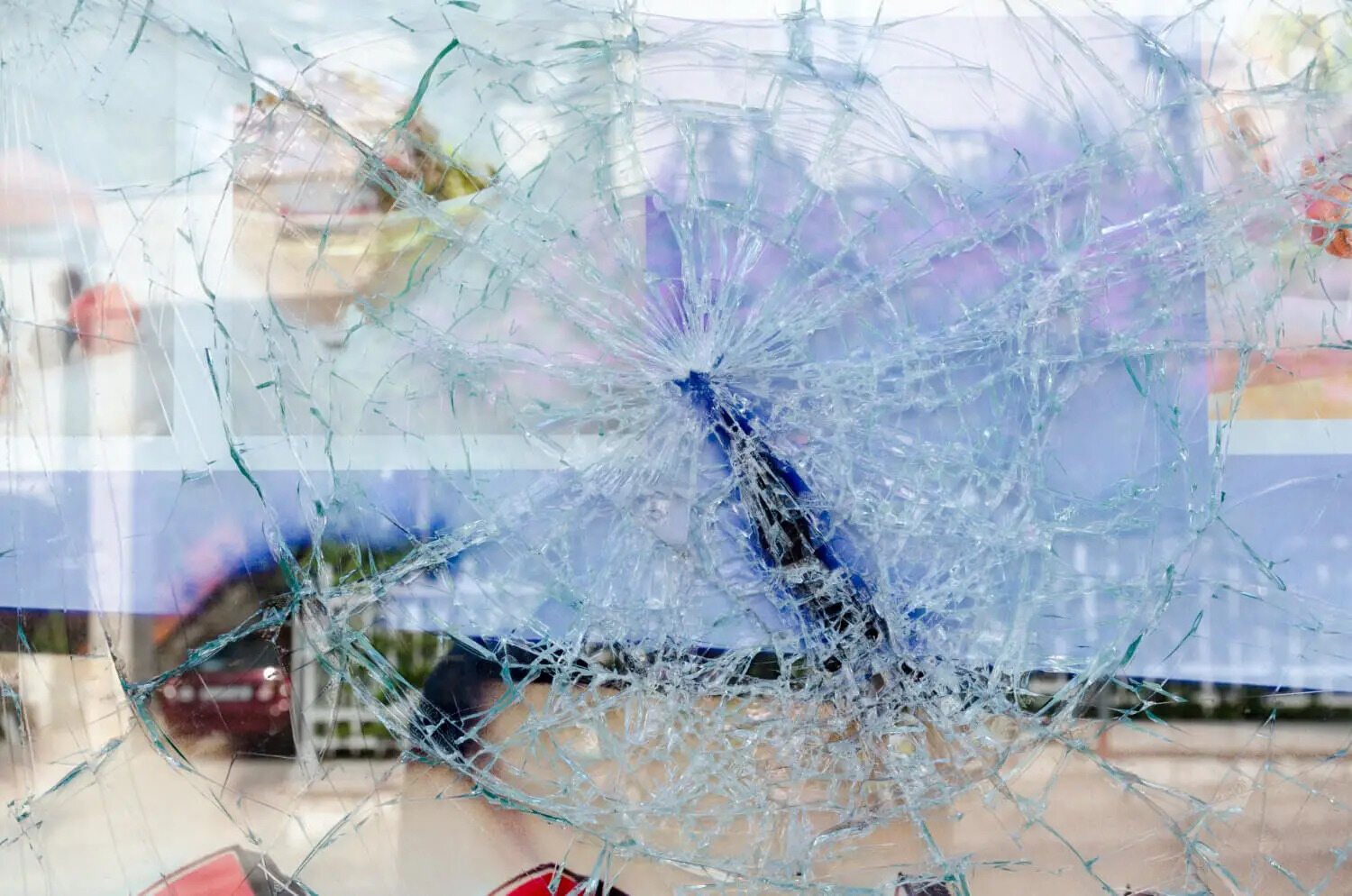

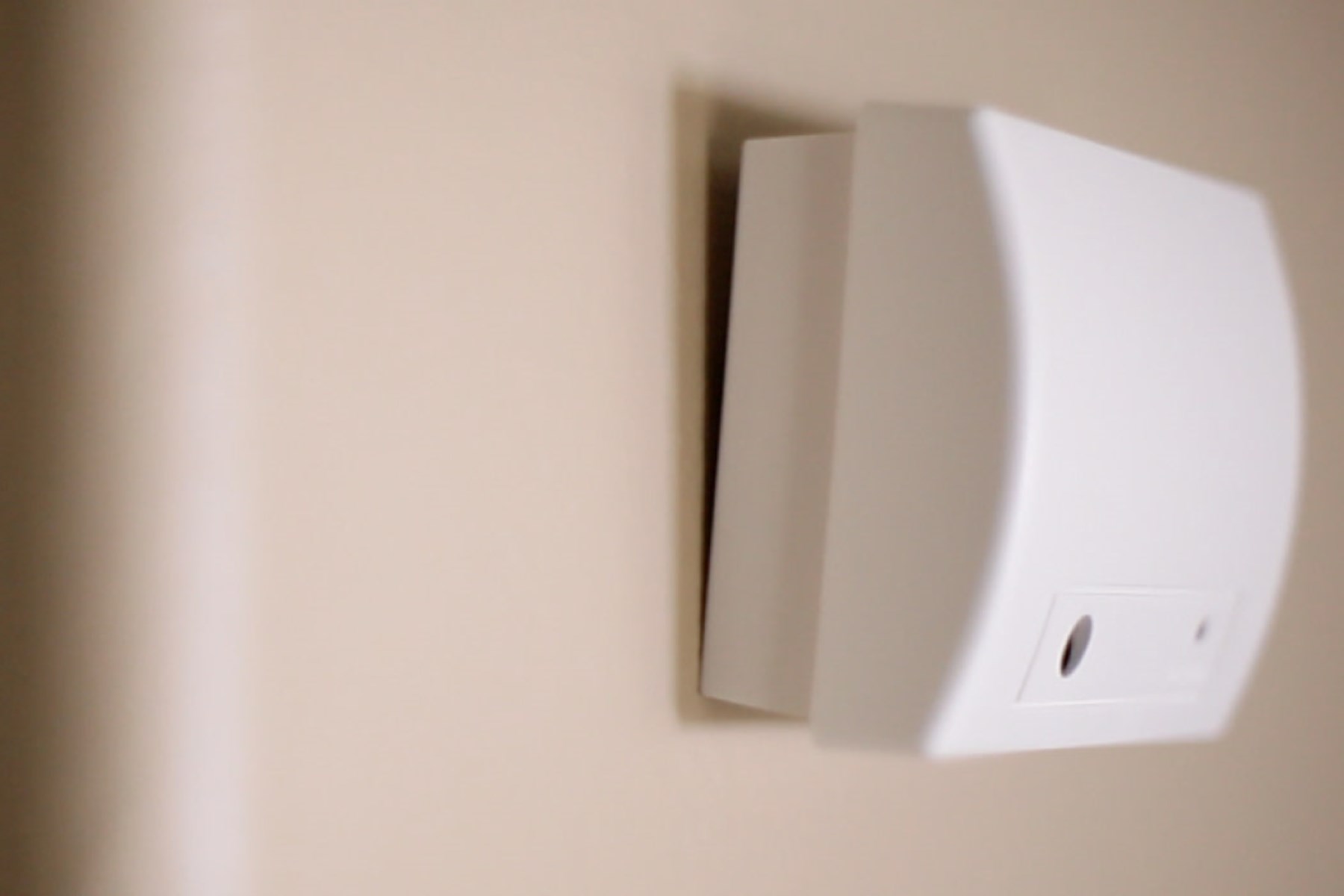
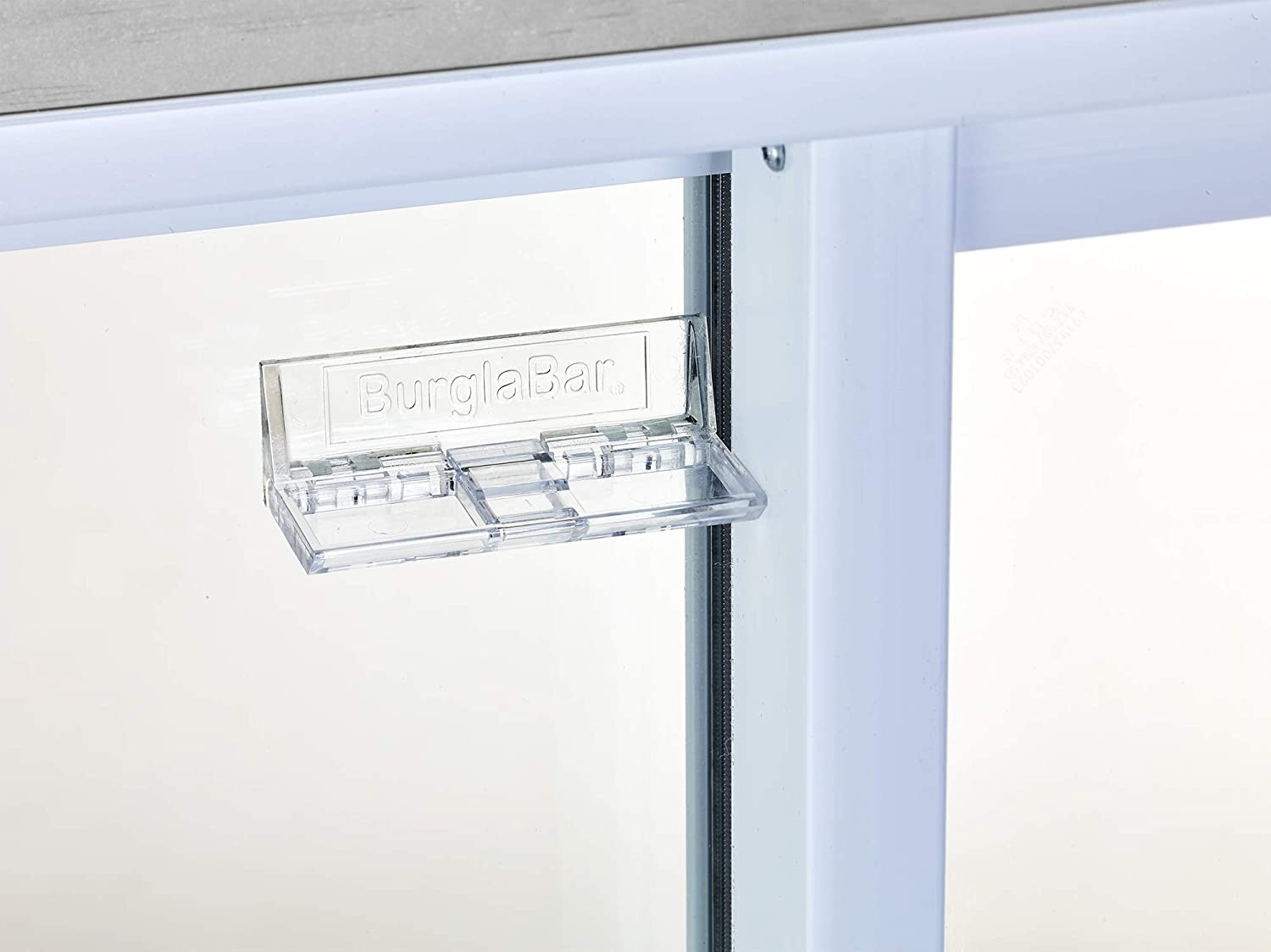

0 thoughts on “How To Break Bulletproof Glass”